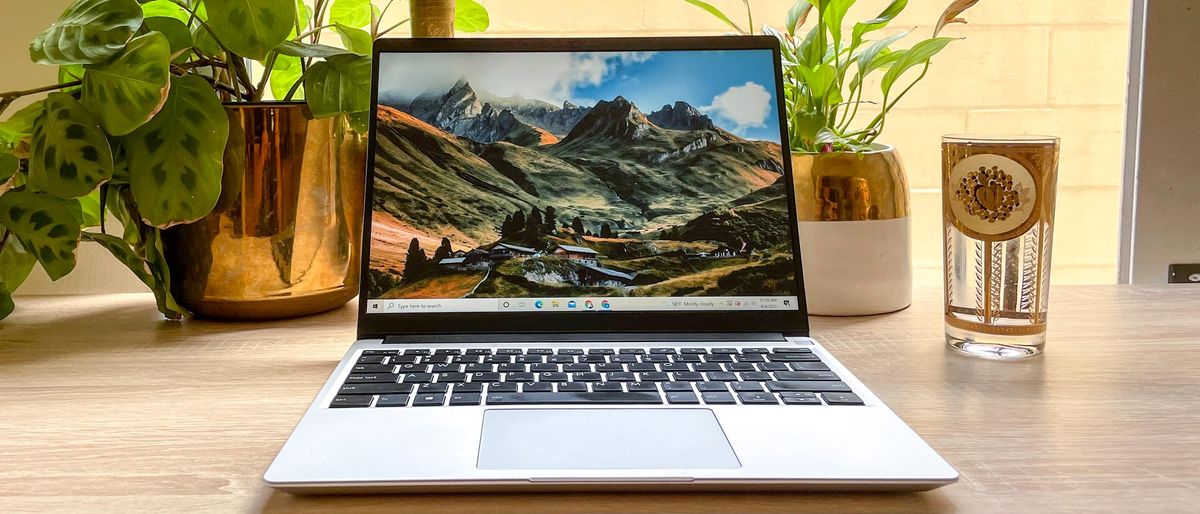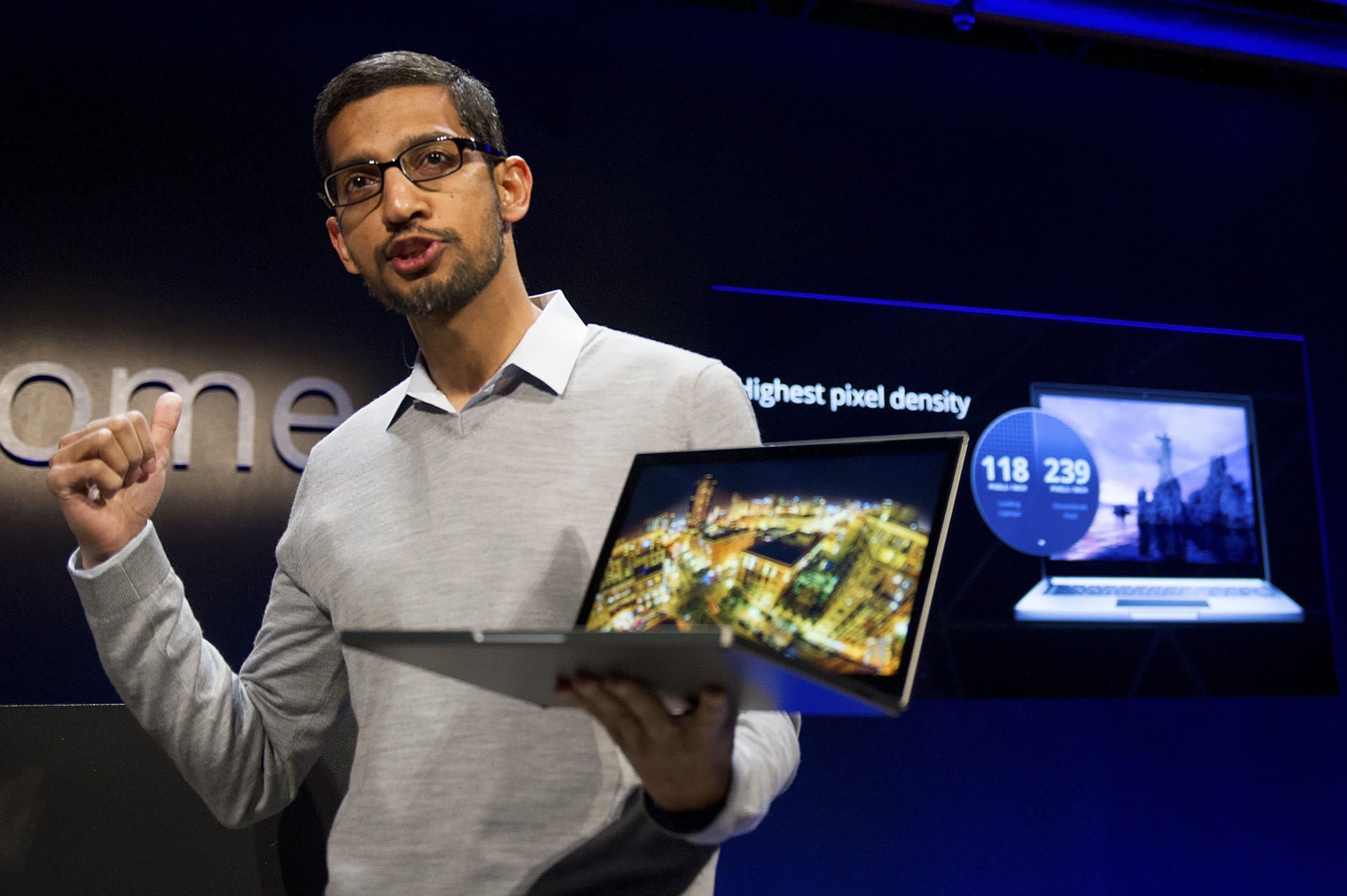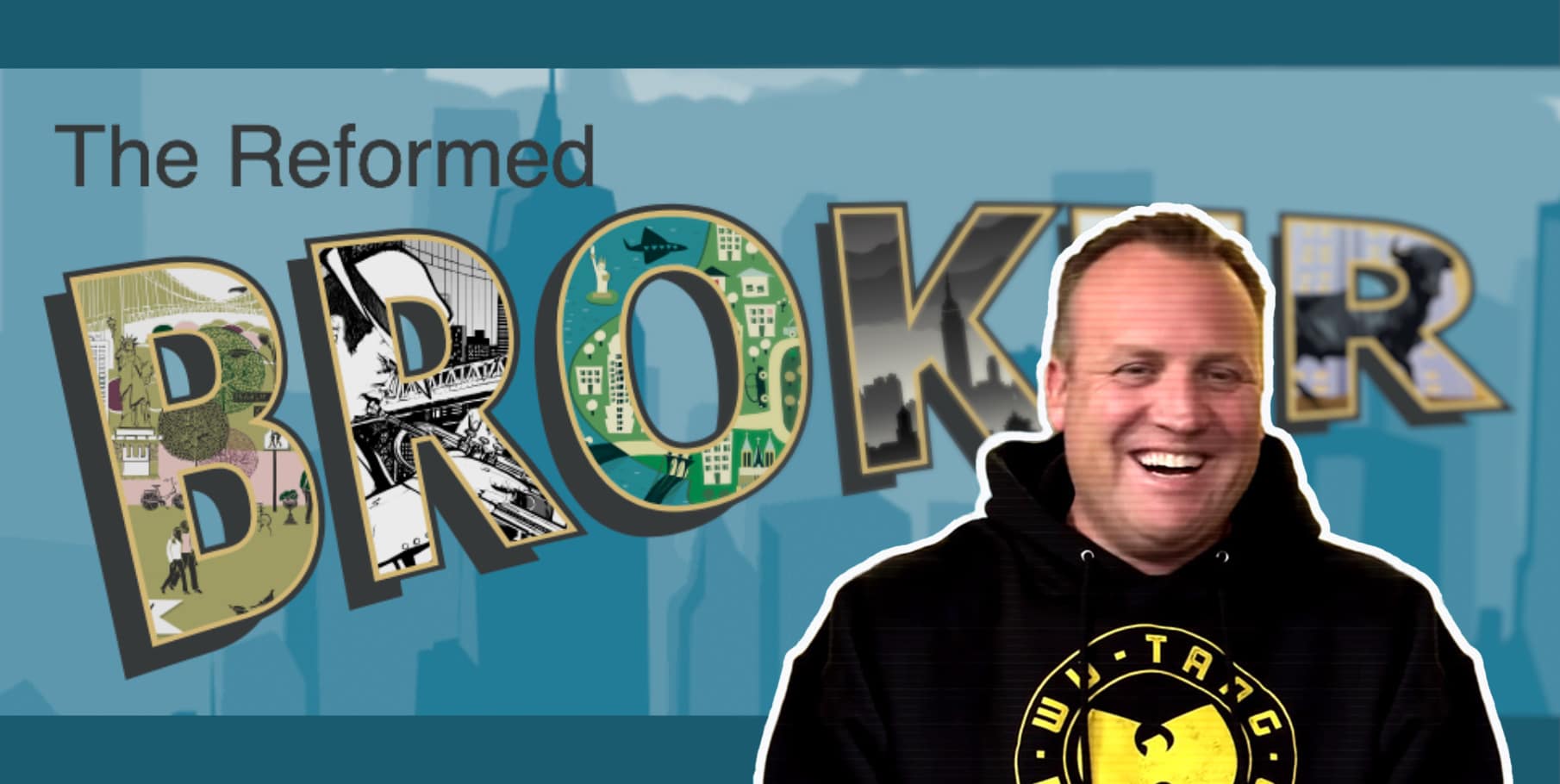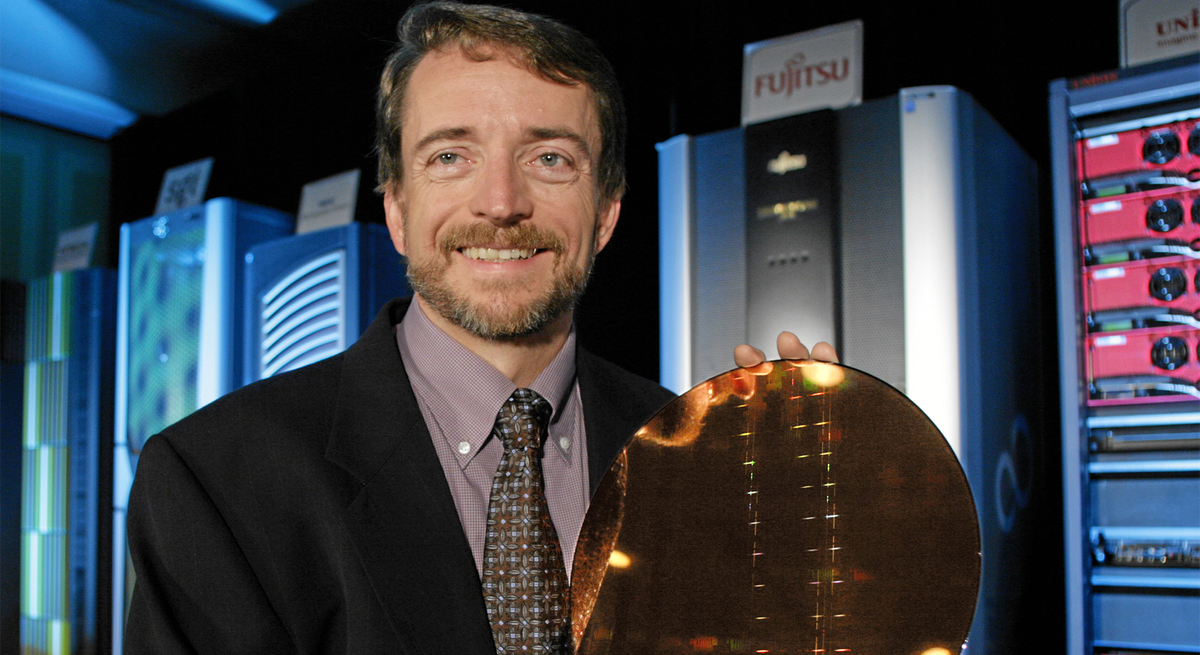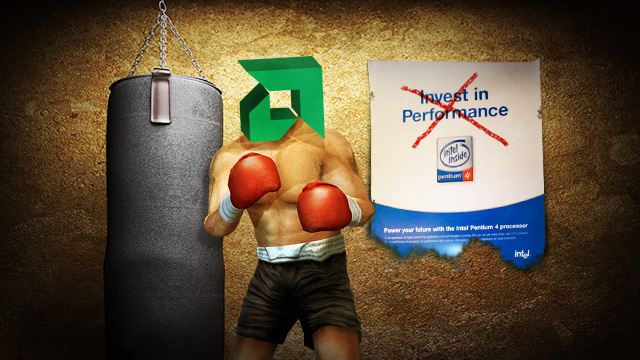
The rise and fall of AMD: How an underdog stuck it to Intel
On June 10, 2000, Advanced Micro Devices (AMD) wanted to party—and party big. The company’s CEO, Jerry Sanders, arranged to rent out the entire San Jose Arena (now called the HP Pavilion) and then paid big bucks to bring in Faith Hill and Tim McGraw, the husband-and-wife country music superstars.
Employees “could bring anybody, your wife, your kids, your friends—it was big doings. There were celebrations, gifts and awards,” recalled Fran Barton, who served as AMD’s chief financial officer from 1998 to 2001. The boss even got in on the fun. “[Sanders] was on a high wire, he did a unicycle ride. It was totally Hollywood. He could really put on a show when he wanted to put on a show.”
And why not celebrate in style? AMD’s successful Athlon chips—Ars named the Athlon its "CPU of the Year" in 1999—had finally put the screws to archrival Intel, and in 2000 the company earned nearly $1 billion in profits.
By 2005, years of solid chip design and technological execution had the company walking with a swagger, as seen in marketing stunts which challenged Intel's then-current server processors to a "dual-core duel.” Nowhere was this attitude more apparent than AMD's 2005 lawsuit against Intel for anti-competitive business practices.

